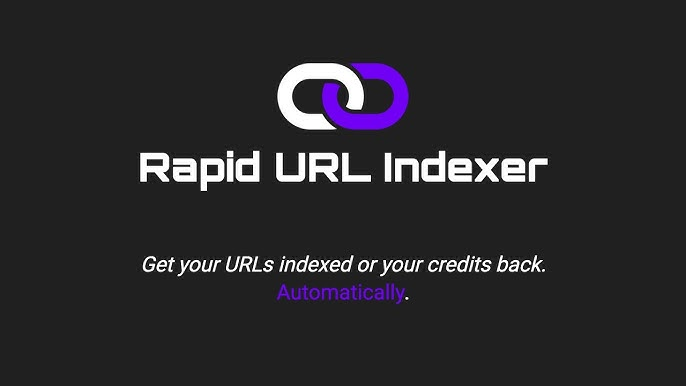In the digital age, having your website indexed by search engines is crucial for visibility and traffic. Rapid URL Indexer (RUI) is a tool designed to expedite this process. By understanding how does rapid url indexer work RUI works, you can better leverage its capabilities to enhance your website's search engine optimization (SEO) efforts.
What is Rapid URL Indexer?
Rapid URL Indexer is an online service that helps website owners and digital marketers speed up the indexing of their URLs by search engines like Google, Bing, and Yahoo. When a new page is created or updated, it can take time for search engines to crawl and index that content. RUI aims to reduce this time significantly.How Does It Work?
1. Submission of URLs
Users begin by submitting their URLs to the Rapid URL Indexer platform. This submission can be done manually or through bulk upload options for larger sites. The service supports various URL formats, ensuring compatibility with most web content.2. Content Promotion
Once the URLs are submitted, RUI employs several methods to promote those links across the internet. These methods may include:- Social Media Sharing: RUI shares the submitted URLs on various social media platforms. This action can generate traffic and backlinks, signaling to search engines that the content is relevant and popular.
- Ping Services: The tool sends "ping" requests to multiple services that notify search engines of new or updated content. This alerts crawlers to visit the submitted URLs sooner.
- Directory Submissions: RUI may also submit your URLs to various online directories, enhancing visibility and providing additional backlinks.
3. Link Building
Effective link building is a cornerstone of SEO, and RUI often incorporates strategies to create backlinks pointing to the submitted URLs. The more quality backlinks a URL has, the higher the likelihood of it being indexed quickly by search engines. RUI might use techniques like guest posting, commenting on relevant forums, or collaborating with other sites to establish these links.4. Monitoring and Reporting
After submission, RUI typically offers monitoring tools that track the indexing status of the submitted URLs. Users can view reports detailing which URLs have been indexed, how long it took, and the traffic generated as a result. This feedback loop allows users to adjust their strategies based on performance.Benefits of Using Rapid URL Indexer
- Speed: One of the primary advantages of RUI is its ability to speed up the indexing process, allowing new content to reach potential visitors quickly.
- Increased Visibility: By promoting URLs across various platforms and generating backlinks, RUI helps improve a site's overall visibility on search engines.
- User-Friendly Interface: RUI platforms are typically designed for ease of use, allowing even those without extensive technical knowledge to navigate and utilize the tool effectively.
